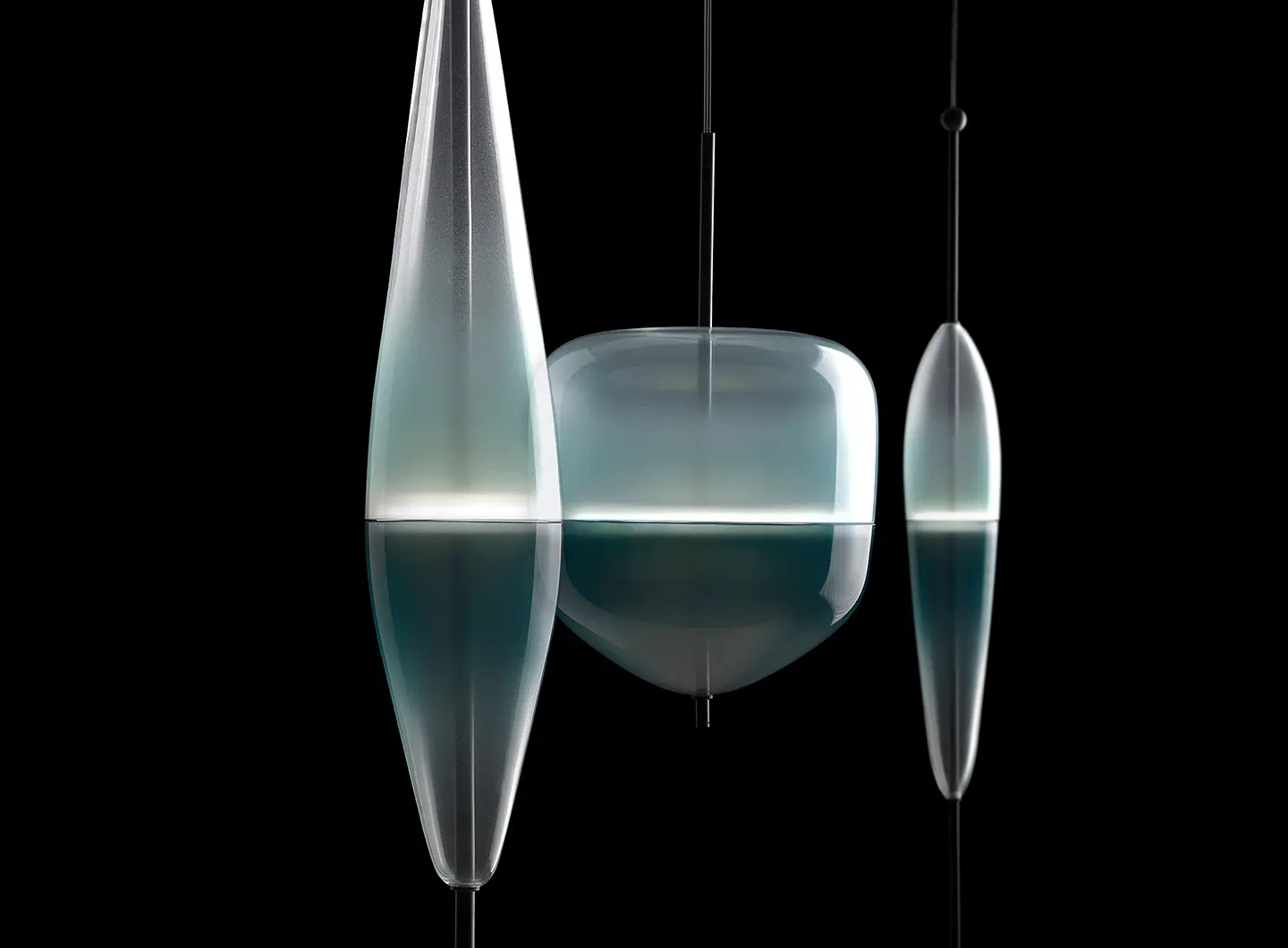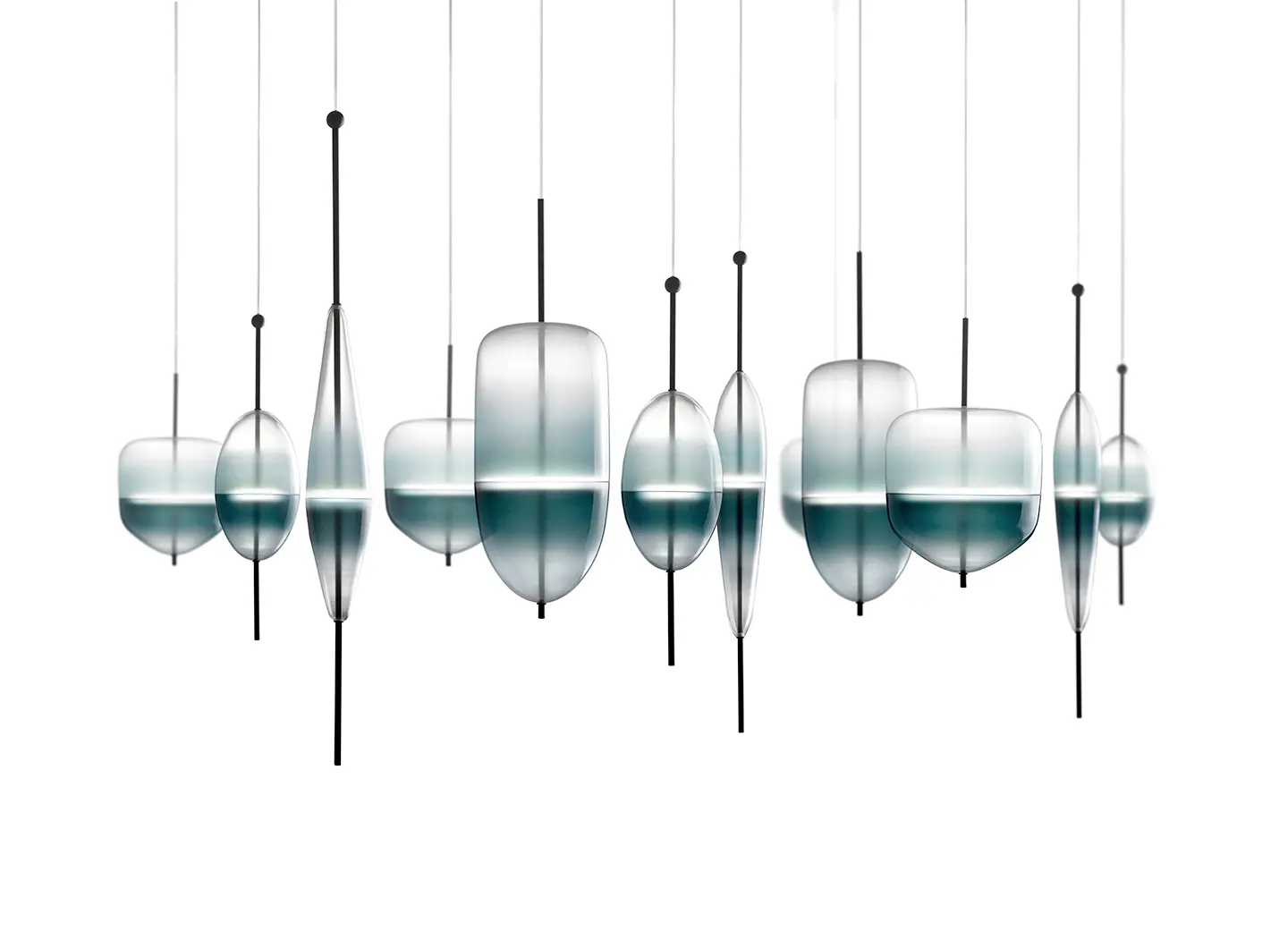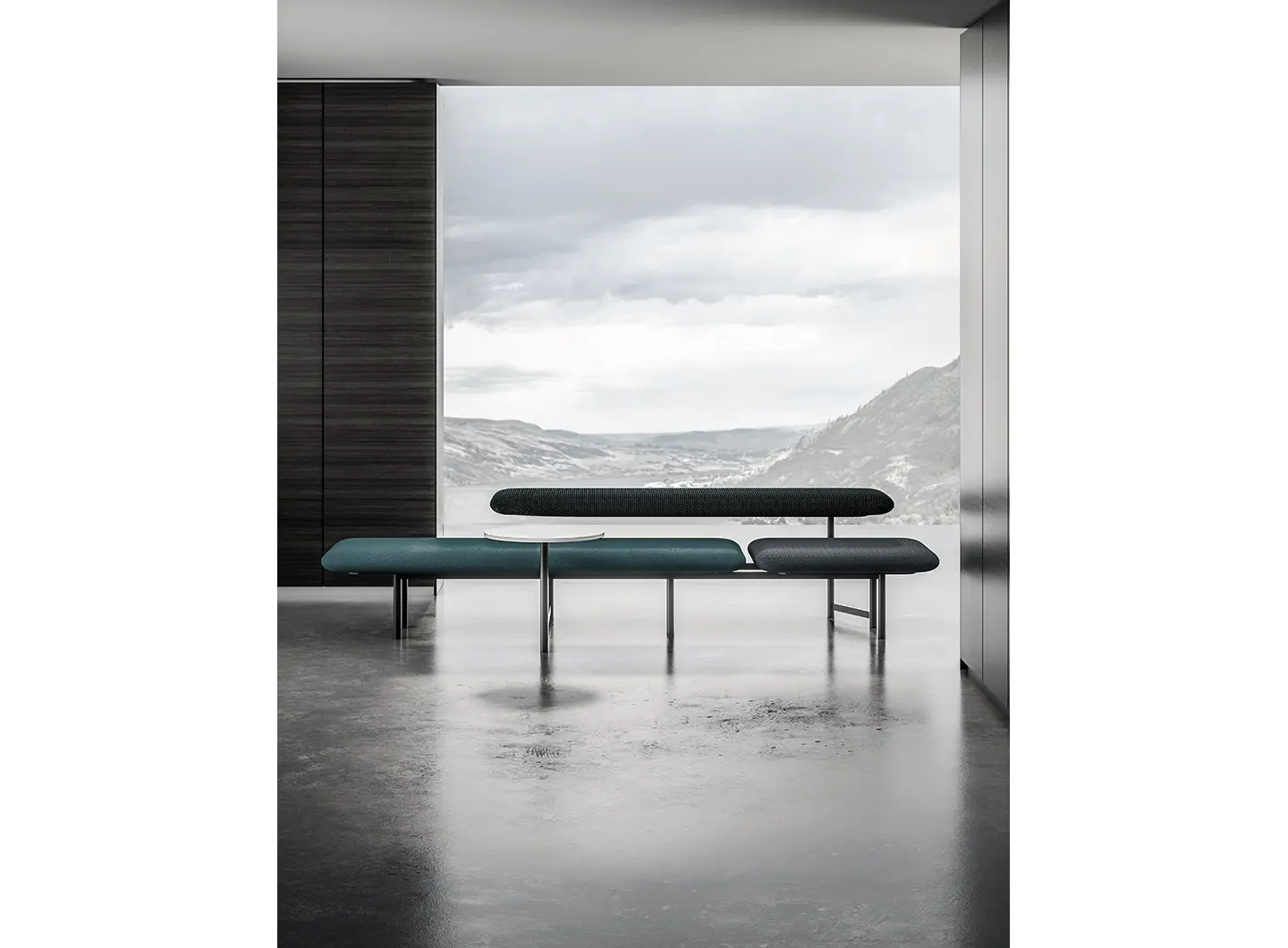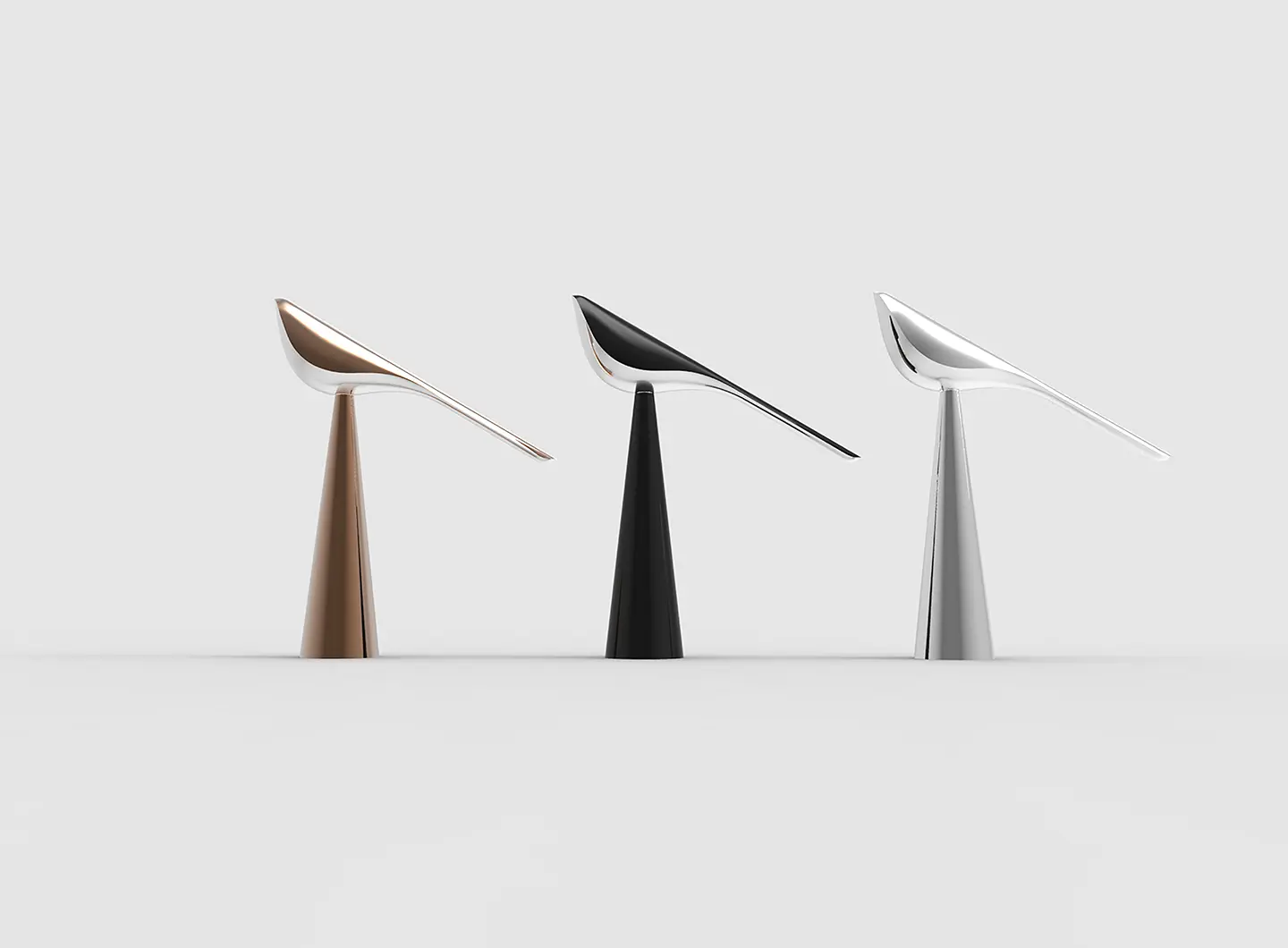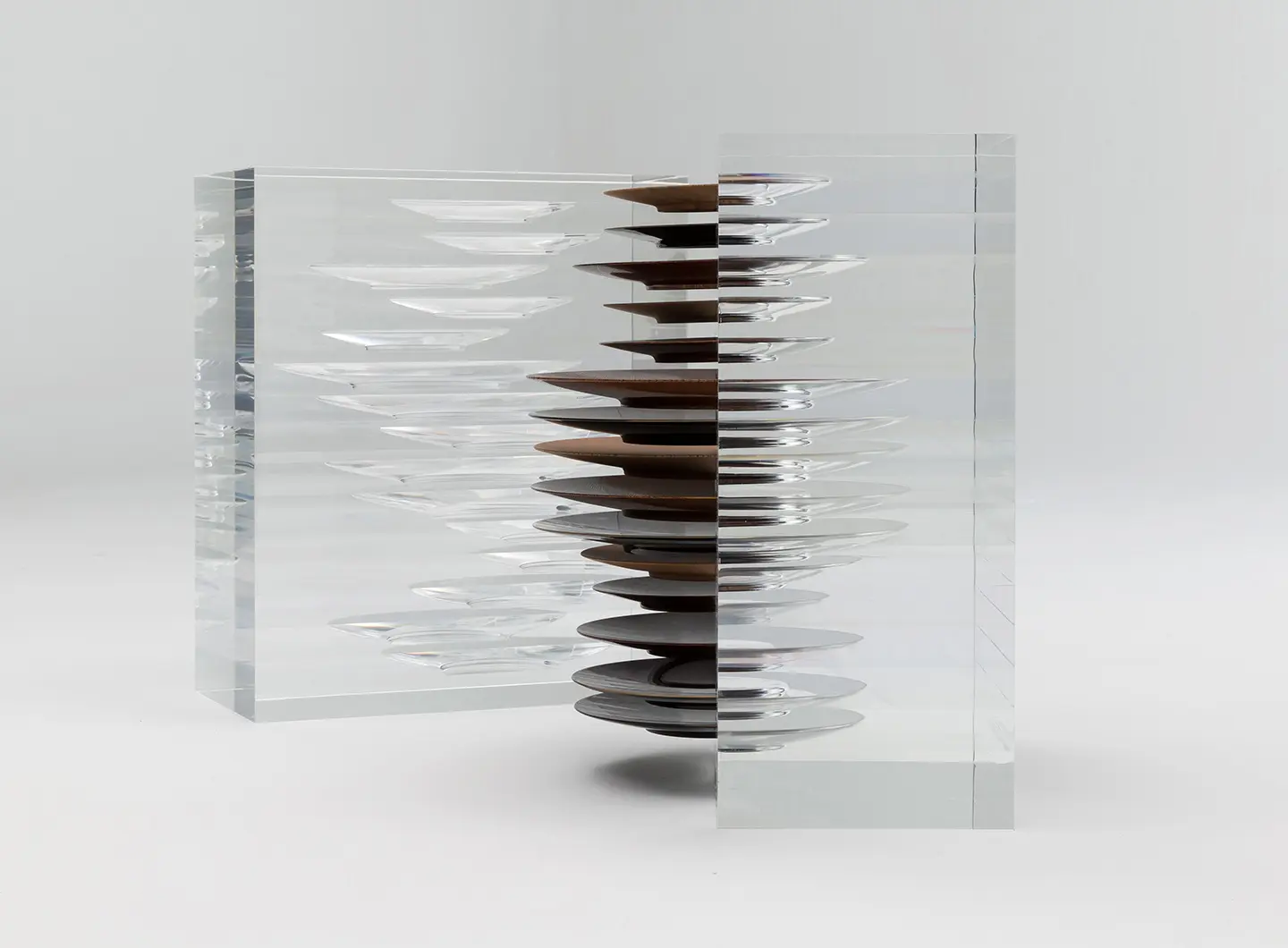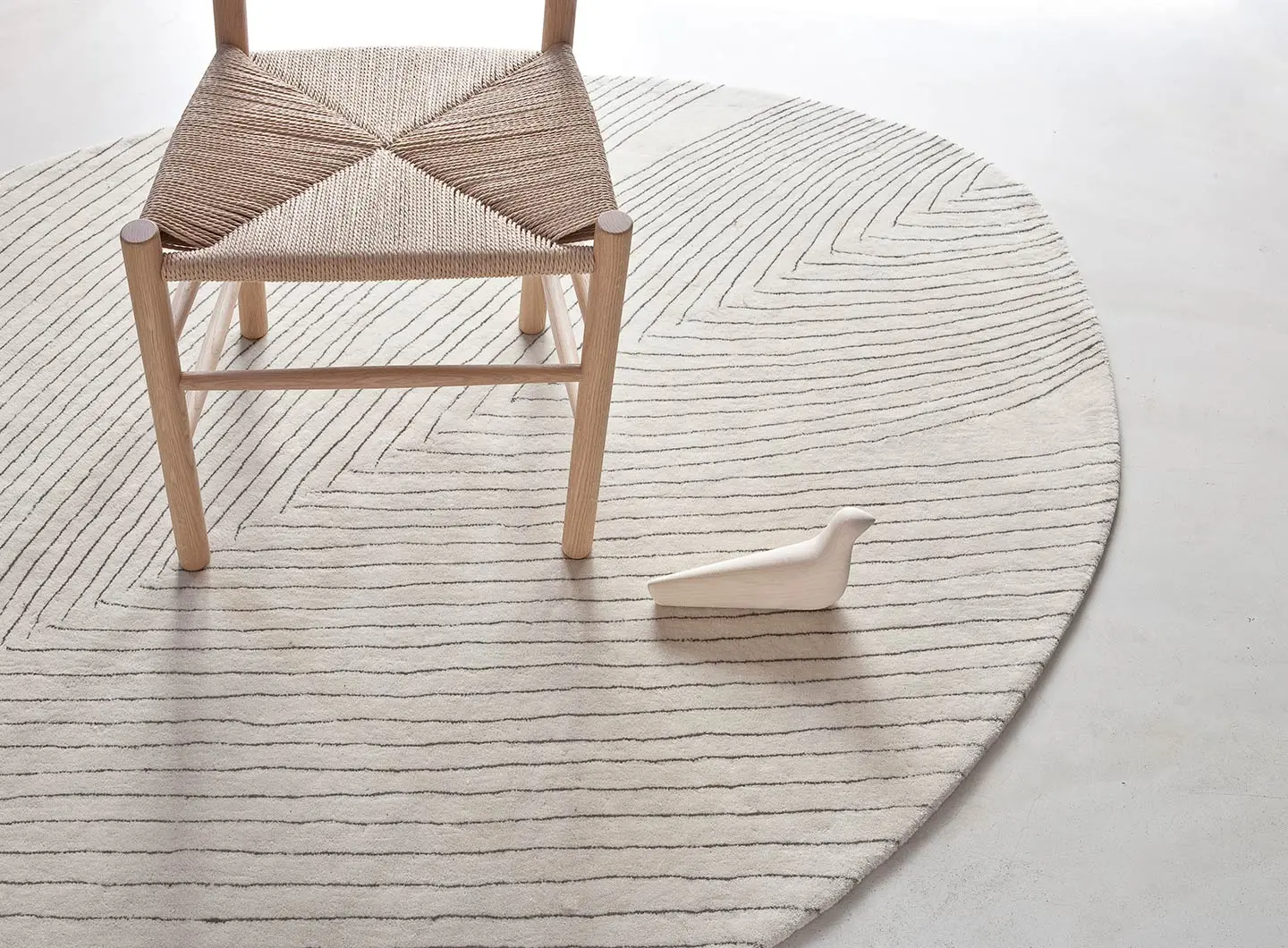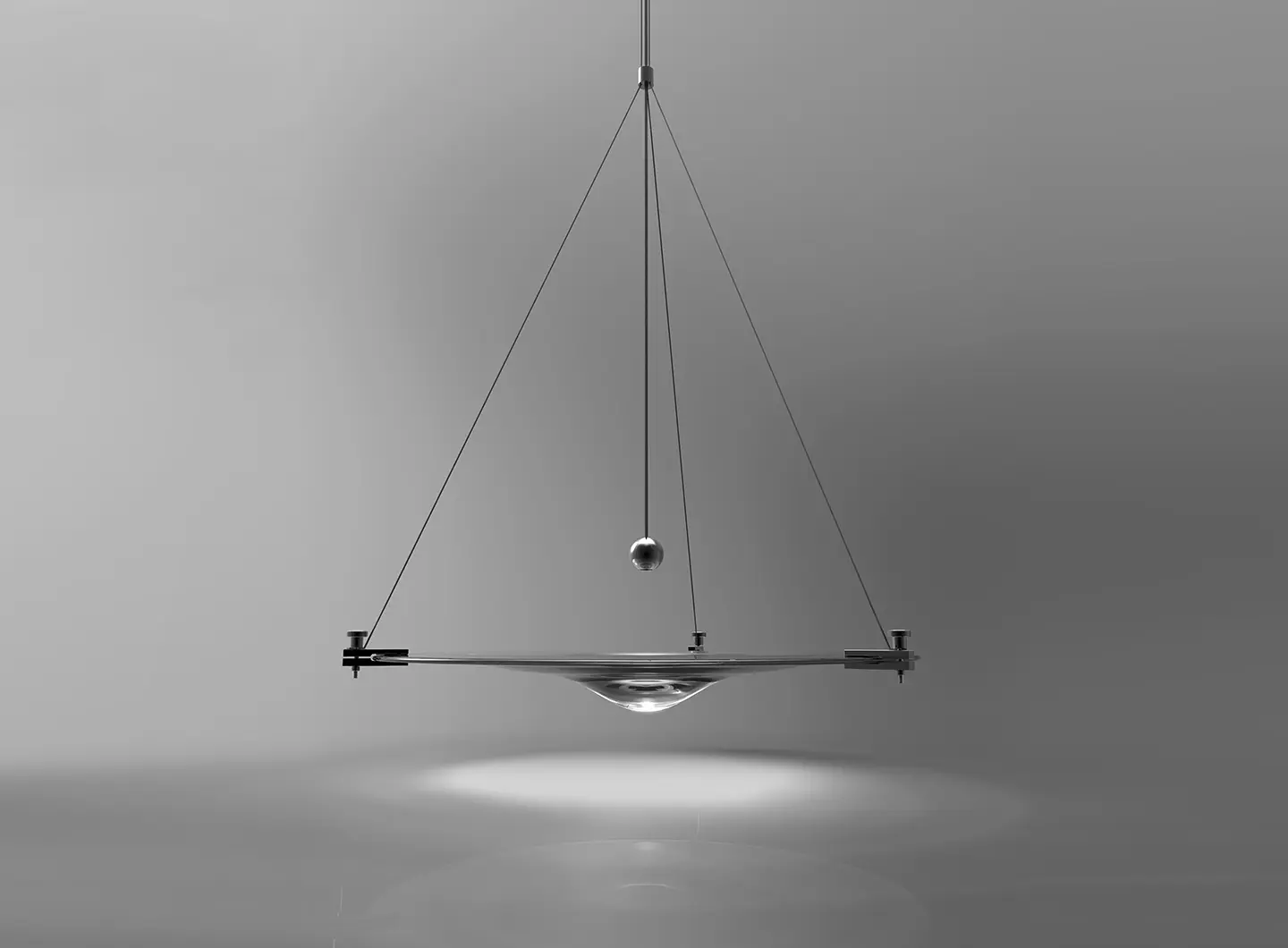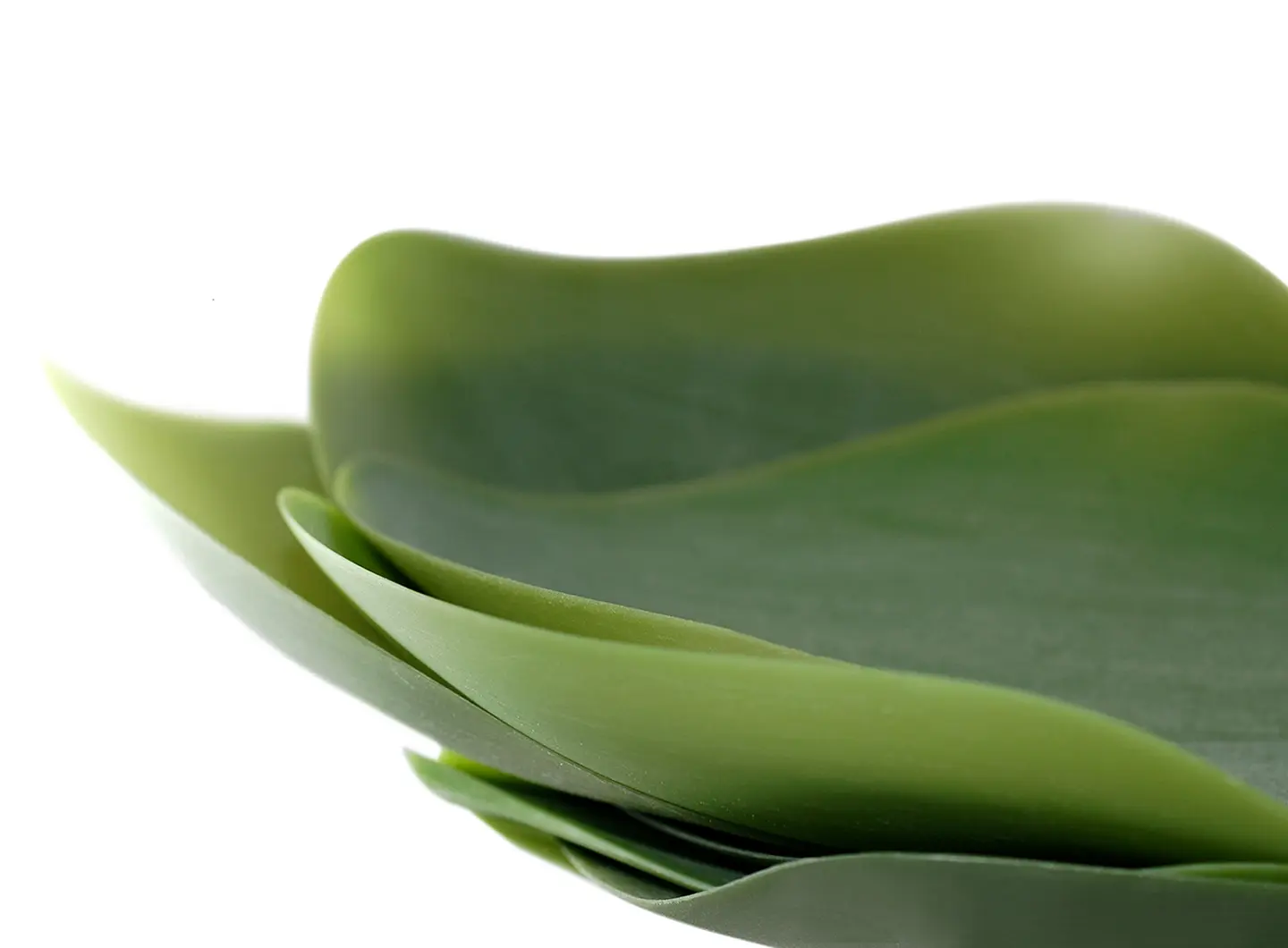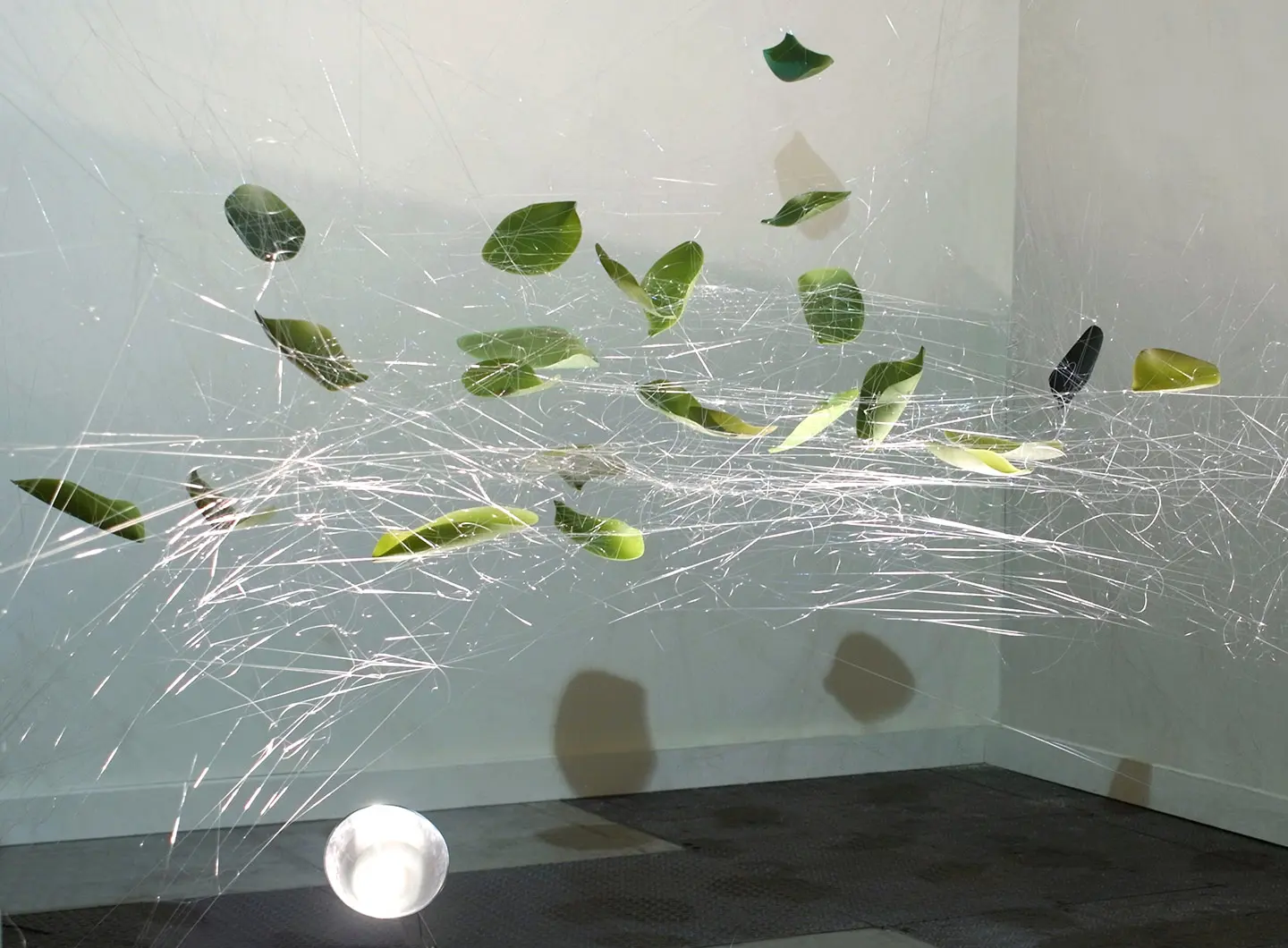From BIG to David Chipperfield, Frank Gehry to Snøhetta: a world tour of the best buildings set to open in 2026
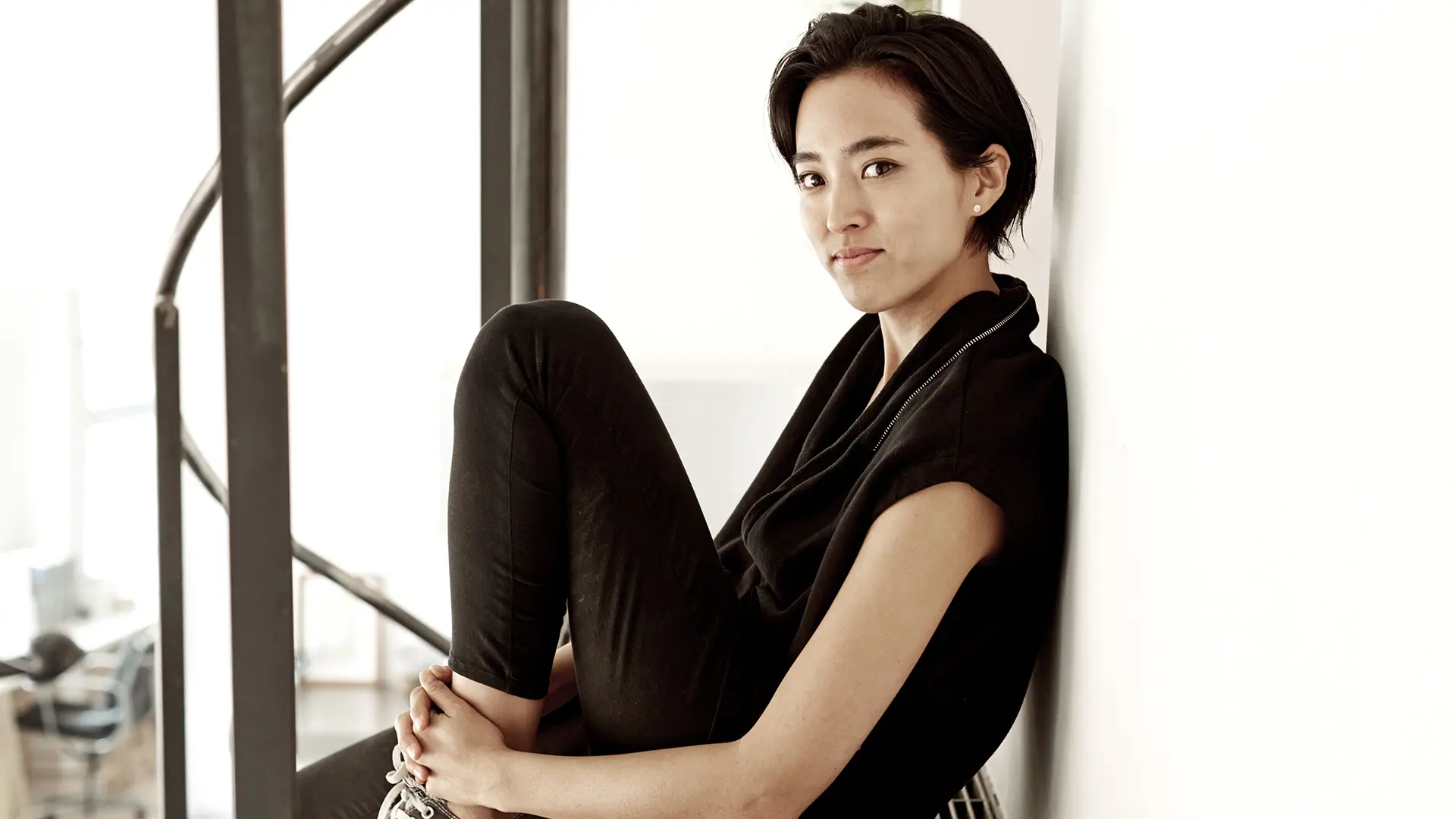
From Japan to New York, on the hunt for harmony: delving into memory and innovation, searching for beauty and emotions. The most zeitgeisty of designers tells her tale.
Nao Tamura (1976) has taken an extremely personal approach to combining memory and innovation, harnessing both the analogue and the digital world. Her pieces are inspired by vision and material and strive to make an emotional connection through beauty. This they do.
I majored in communication design at college. After graduation I worked for a design studio in NYC where I was involved with easy to use products for people with arthritis. One such example is a peeler with an innovative rubber grip with flexible rubber fins on both sides of the base of the handle, along with a hole in the end of the handle for hanging up the peeler.
Products like this may appear rather low key at first glance, but once you use them you realise just how dramatically their design improves their ease of use and makes people’s lives easier.
So this is the basis of my design process. My design approach always stems from people’s real needs, and technology and innovation help to visualise the concept. Naturally, good looks also come into it. People want a product that works well and looks beautiful.
Many of my projects are inspired by nature, rather than Japanese culture.
However, I believe there is a strong connection between Japanese culture and nature.
I have become more conscious of nature since I left Japan.
Nature is abundant and is a major consideration in Japan. We live in constant fear of natural disasters such as earthquakes and volcanic eruptions. The idea of appreciating each season and enjoying nature’s bounty has entered into our culinary culture. Perhaps becoming keenly aware of the importance of nature after leaving Japan has gradually become manifest in my design.
I like working with glass.
Working with glass means that I need to be a good listener.
Glass is a live material and has its own way of being and if I force it to do certain things that glass cannot do, it doesn't work. It’s rather like having a difficult relationship. If you let the material behave naturally, however, it reveals its beauty.
Both!
In a few words, New York is a place where I can be myself.
Design takes up a considerable part of my life. When I was in Japan, I literally spent all day thinking about design. That was fun at the time but I didn’t like the fact that I didn’t have a choice. I could either devote my life to being a designer or become a housewife (?!).
Besides, design by someone who’s constantly immersed in design can look rather fantastical and disconnected from reality. Some people may think that design that does away with the sense of domestic living is cool, but I want to cherish the perspective that can only be revealed through day-to-day living. New York is the city that gave me that.

A Matter of Salone: the new Salone communication campaign
From a reflection on humans to matter as meaning: the new Salone communication campaign explores the physical and symbolic origins of design, a visual narration made up of different perspectives, united by a common idea of transformation and genesis


Salone 2025 Report: The Numbers of a Global Event
Data, analyses, and economic, urban, and cultural impacts. The second edition of Salone del Mobile’s “Milan Design (Eco) System” Annual Report takes stock of a unique event and consolidates the fair’s role as the driving force behind Milan as the international capital of design



 Stories
Stories
